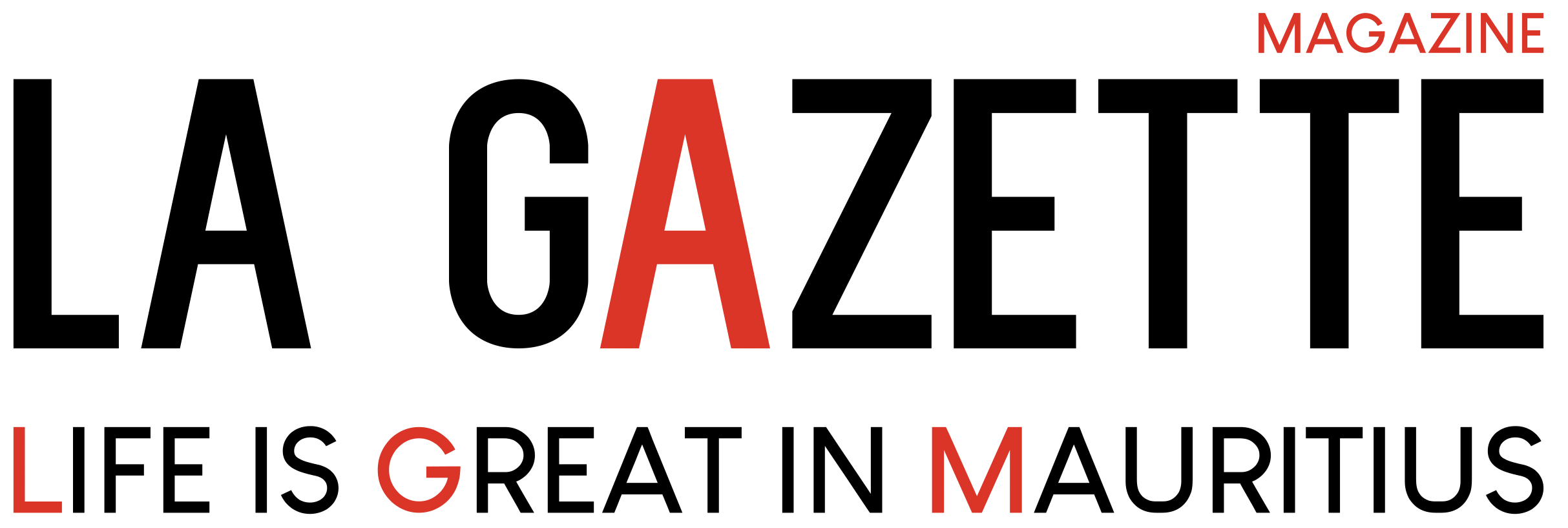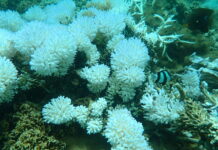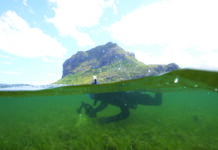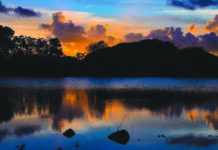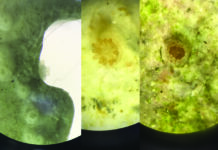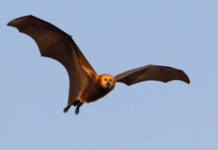The Herbier de Maurice was created in 1960, but its origins date back to 1830 and its oldest plates to 1769, thanks to the botanist Philippe Commerson… This national treasure could see a real revival thanks to the complete digitization of its data.s eand their entry into major online networks.
Based in Réduit, the Herbarium of Mauritius brings together samples of over 23,000 flowering plants and ferns, along with 3,000 other specimens of mosses (bryophytes), lichens, algae and fungi… making it the largest collection of Mascarene plants in the southern hemisphere! On our island, where endemism is one of the highest, but where the extinction rate is, alas, equally high, new media are helping to accelerate research into ecology and conservation, and to bring us closer to the universalist ideal of science advocated by the first encyclopaedists.
Digitizing and putting online all the information gathered since the 18e century on the island’s flora is a dream come true for site manager Claudia Baider. In 2015, the IOC’s Biodiversity program made it possible to start gathering and cross-referencing data from the region’s herbaria on a single site, and to produce a guide to wild orchids… Now, more substantial funding will amplify and systematize this approach, until complete digitization and integration of an international database. What’s in it for us? An unprecedented qualitative leap forward, making this information comprehensible and accessible to the global scientific community, securing data… and significantly less expensive research programs.


